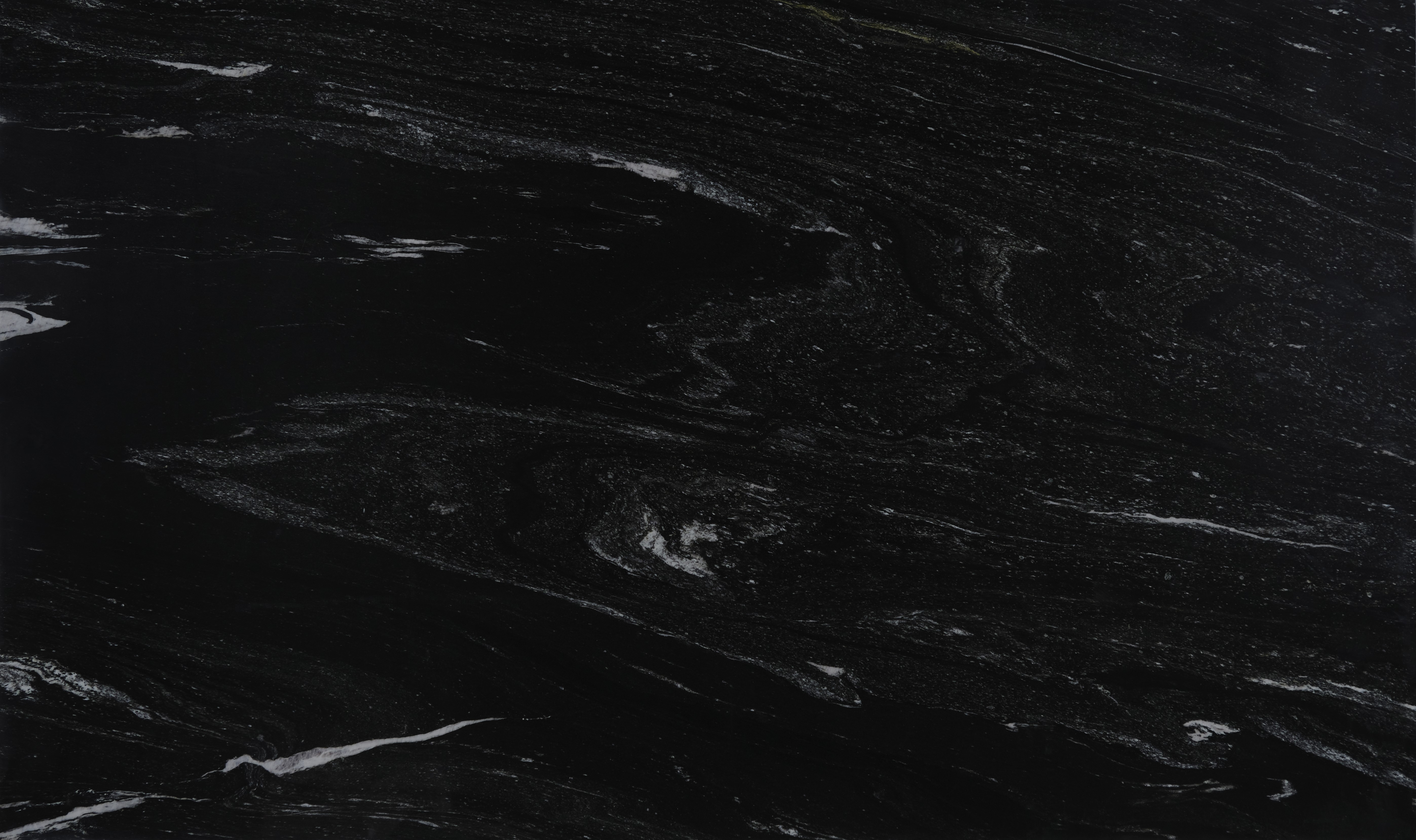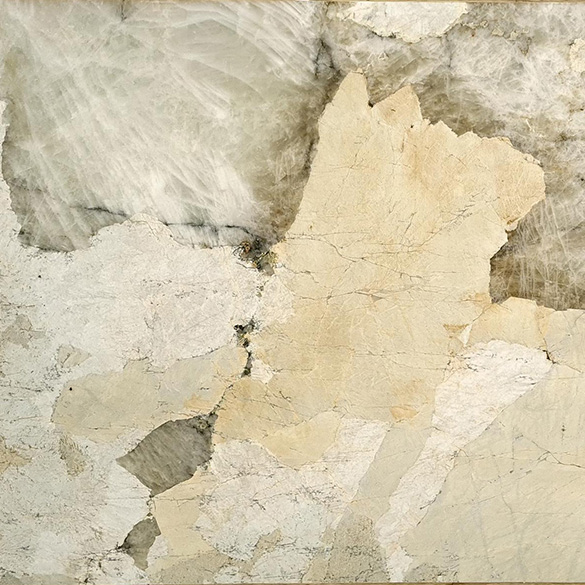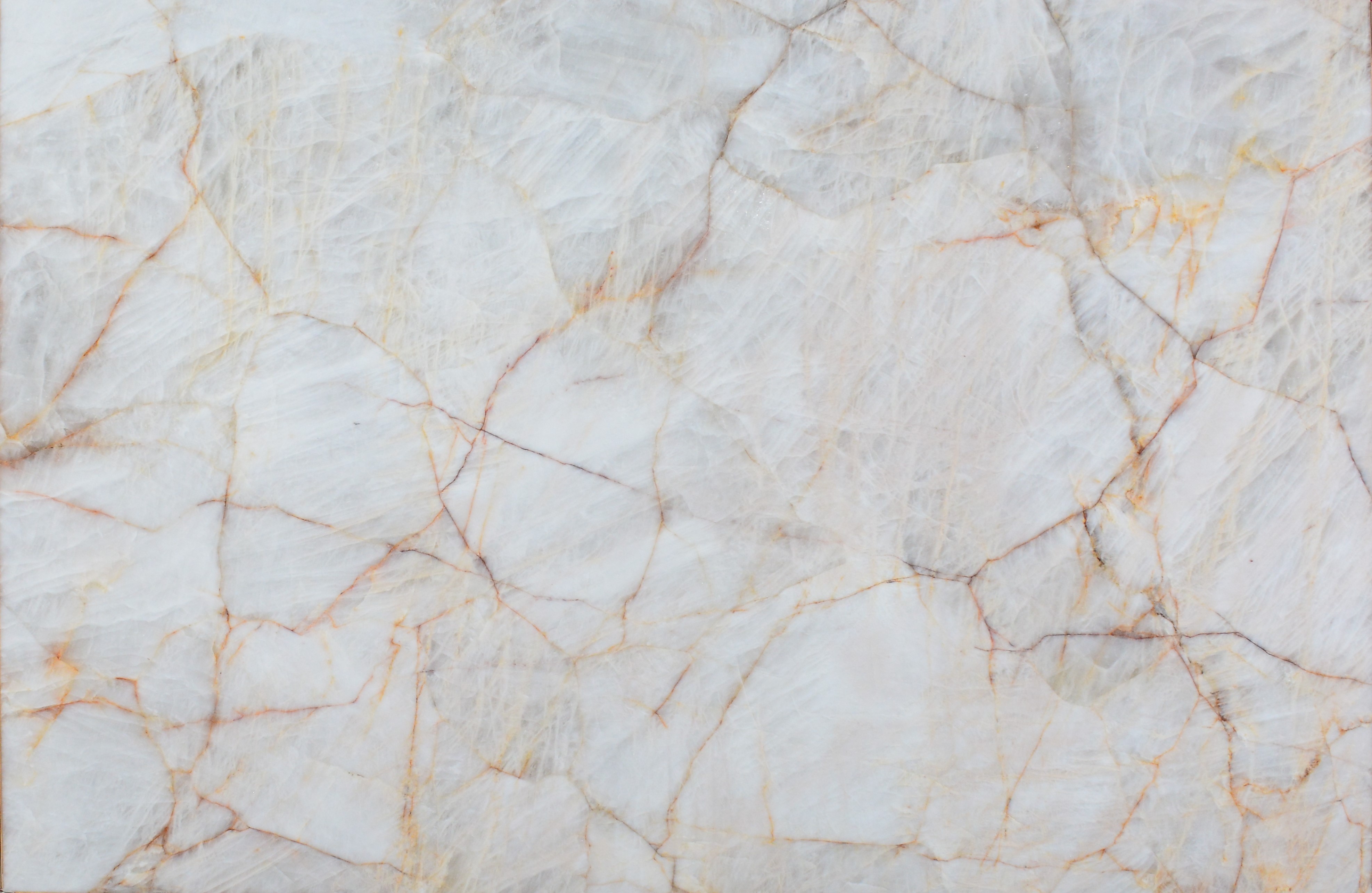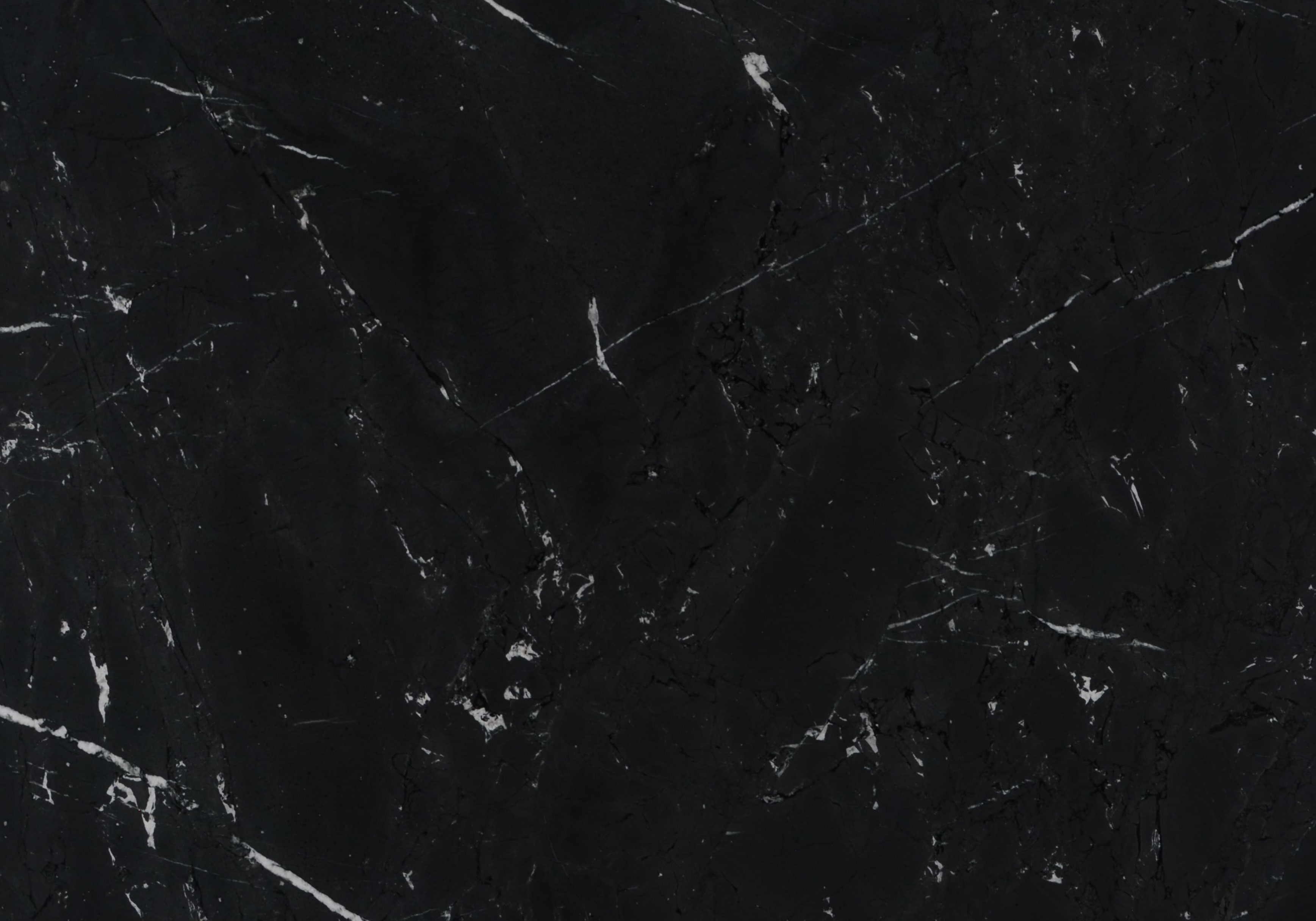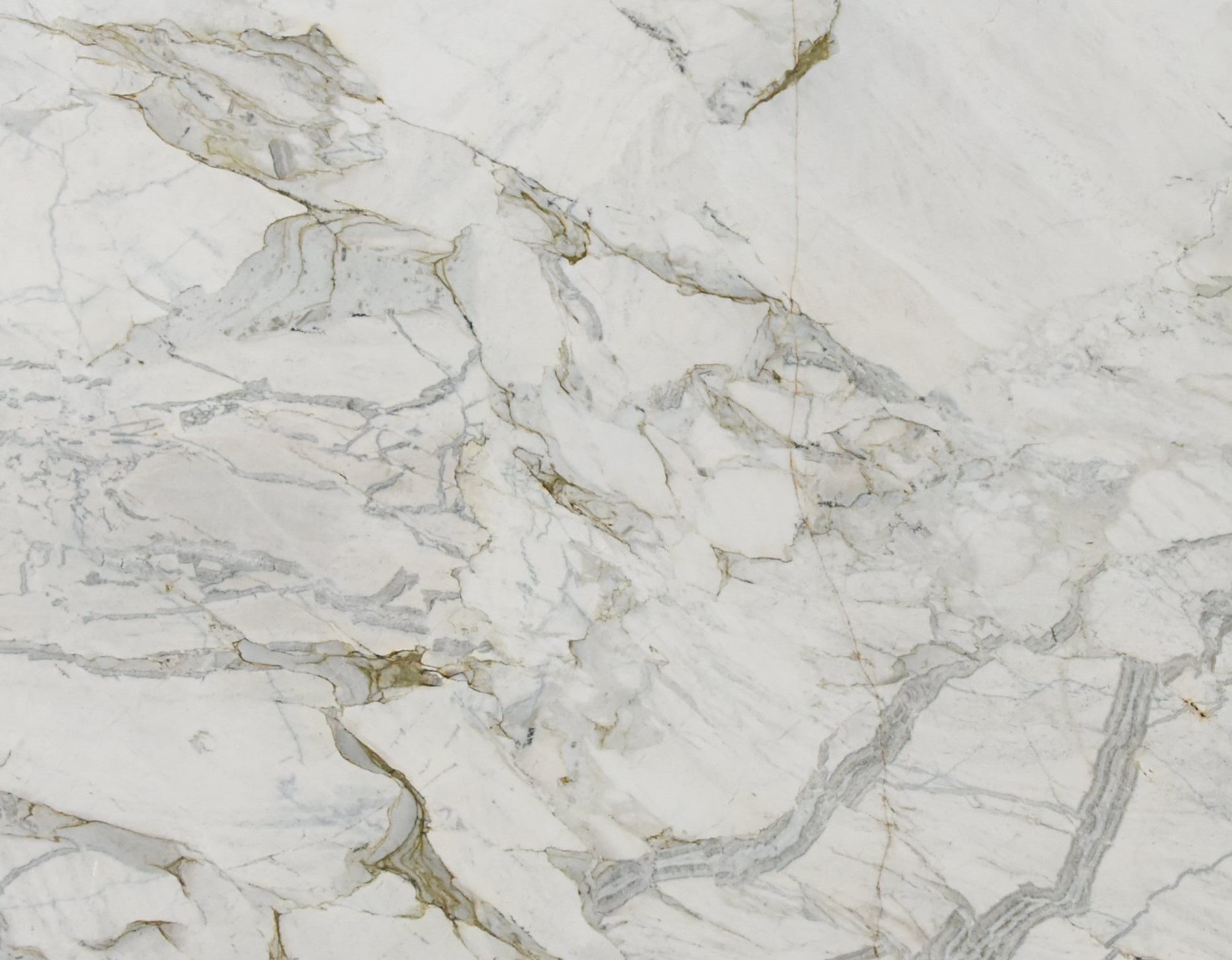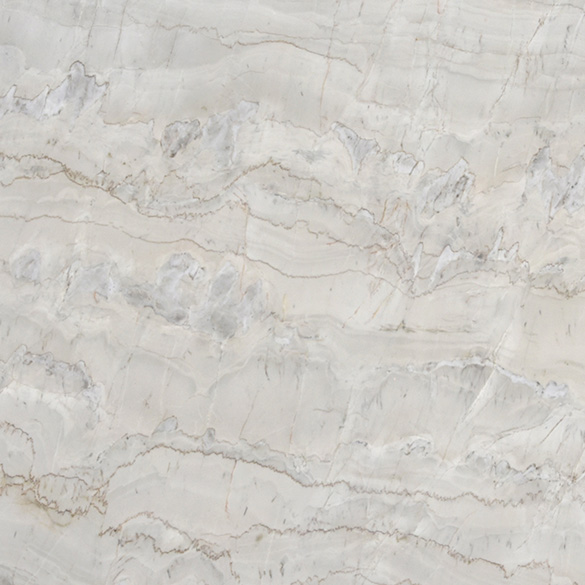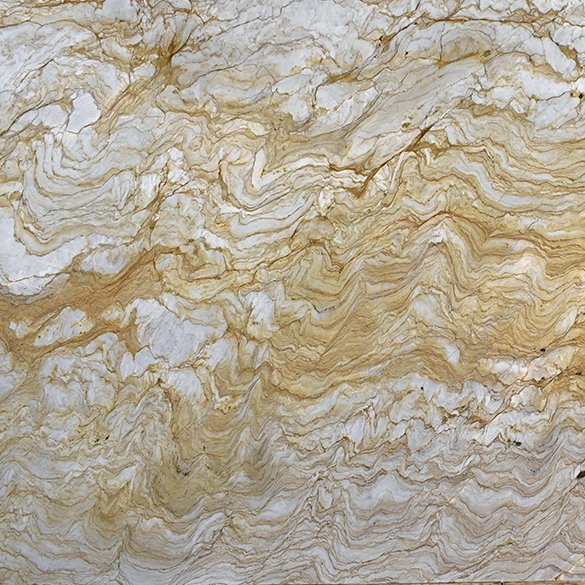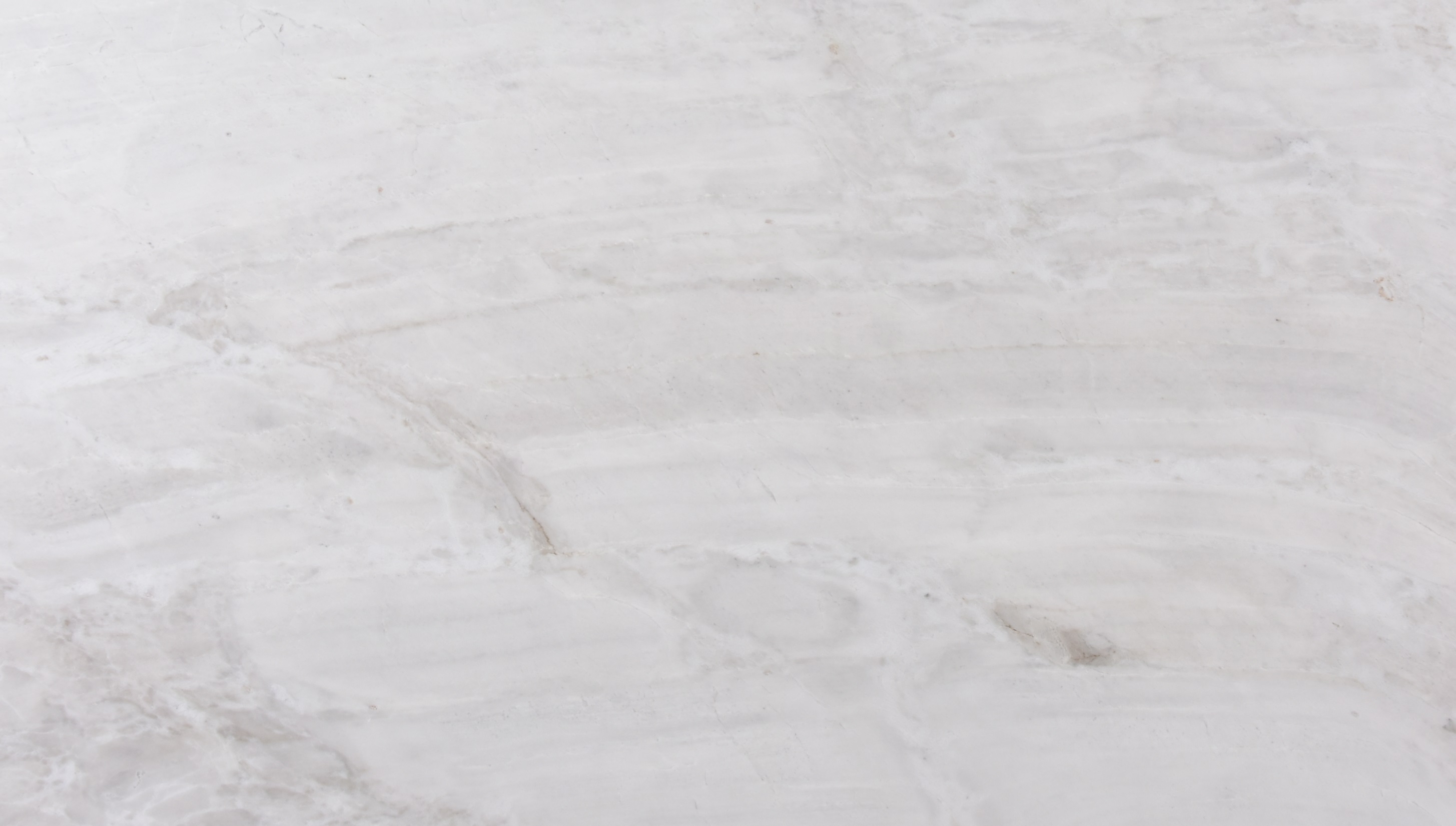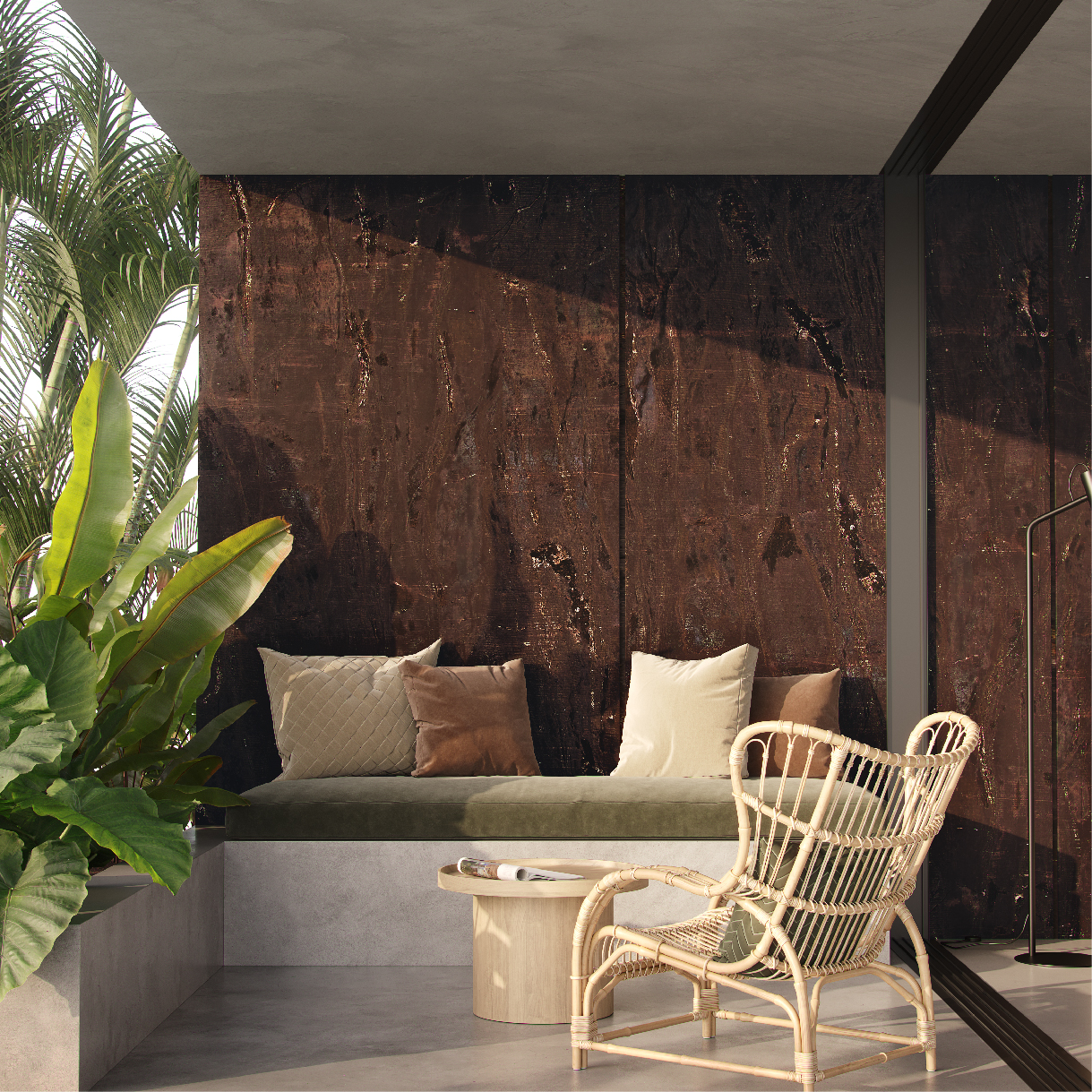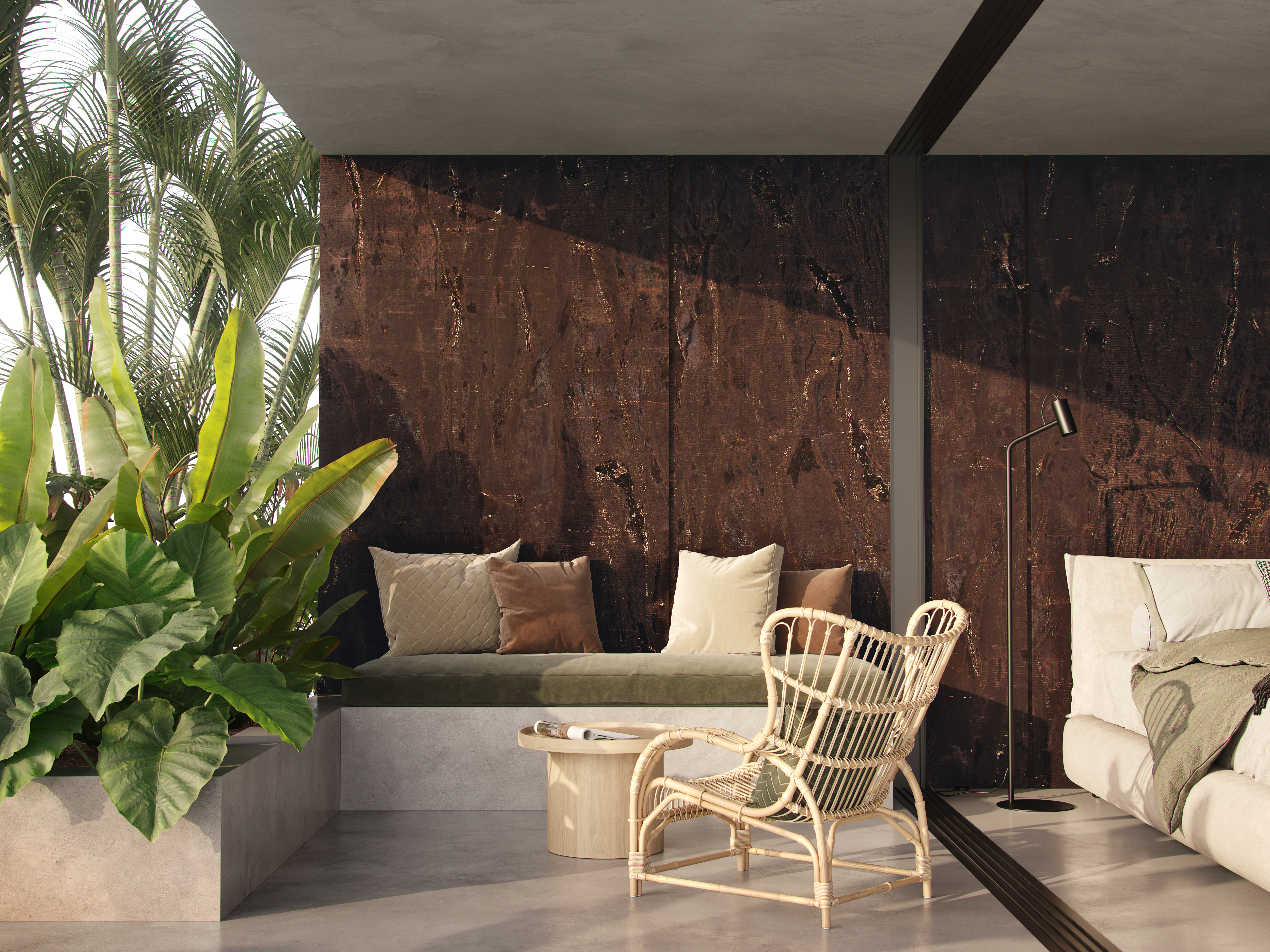Quartzites
Bronzite Rustic
Between 2.8 to 2.5 billion years ago, cyanobacteria produced oxygen through photosynthesis, changing the atmosphere, which reacted with iron from underwater volcanoes, forming oxides that sank, creating layers of iron in the ocean. This cycle shaped the Bronzite, rich in iron and quartz, displaying hardness and reddish shades. Bronzite Quartzite is a crucial witness of the planet history.
Finishes

Flamed
Applications

Quartzites
Formação Ferrífera Bandada Quartzo microcristalino e cristalino (55%), Magnetita (15%), Goetita (15%) Hematita (12%), Grunerita (3%)
3287
0.44
0.14
149.49
45.70
229.43

Petrographic Analysis
It consists of classifying the rock through the macroscopic and microscopic description of its characteristics, such as minerological composition, alteration, deformation and microcracking pattern.

Apparently density
Relationship between the mass and apparent volume of the rock. It provides the weight of the rock, being an important parameter for calculating loads in buildings.

Apparent porosity
It is the relationship between the volume of voids and the total volume of the rock expressed as a percentage.
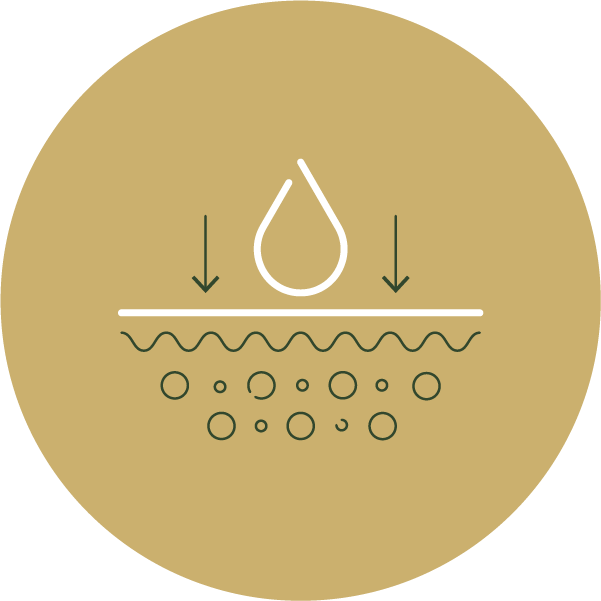
Water absorption
It is the ability to assimilate or incorporate water into the rock, expressed as a percentage.

Abrasion resistance
Determines the wear rate due to friction of particles with the surface of a rock plate.

Bending resistance
Simulates flexural efforts in rock pacas, with predetermined thickness, in this case simulating the effect of wind on plates fixed to facades with metal anchors.

Compressive strength
.

Stain resistance
Stress that causes rock to rupture when subjected to compressive stress.
Inspirations
Environments
The exclusive world of natural stones for subtle and elegant environments.
Simulate our products
Request a quote
Request a service by choosing the region of interest
